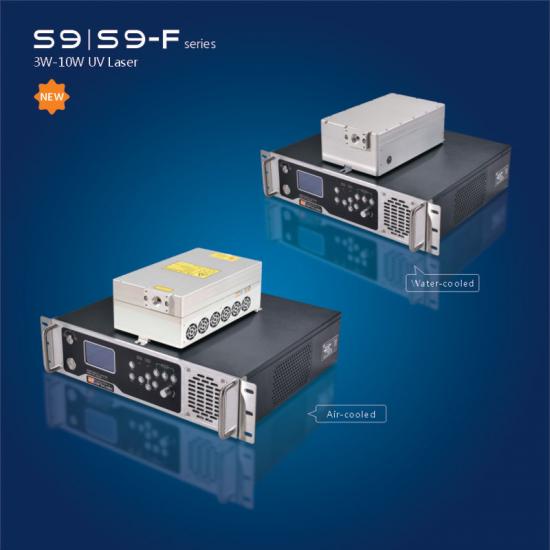The maximum thickness of plastic material that can be marked using UV laser marking depends on the type of laser used and its power. Generally, solid-state lasers can keep plastic materials up to 3mm in thickness.
To meet the market demand, RFH newly developed S9 series UV laser in 2020. Comparing with its kinds, S9 series UV laser features with rugged sealed cavity, extremely compact size, simple and robust, high stability, high efficiency, high reliability and excellent laser beam quality.Its compact design suggests no necessity in building big light path, which greatly reduces space and cost and makes it easy to be installed into UV laser marking machines. In addition, S9 series cavity structure is more stability and more excellent scalability, which means the same laser cavity can be produces multi-power lasers , and the stability of different power ranges is greatly improved
